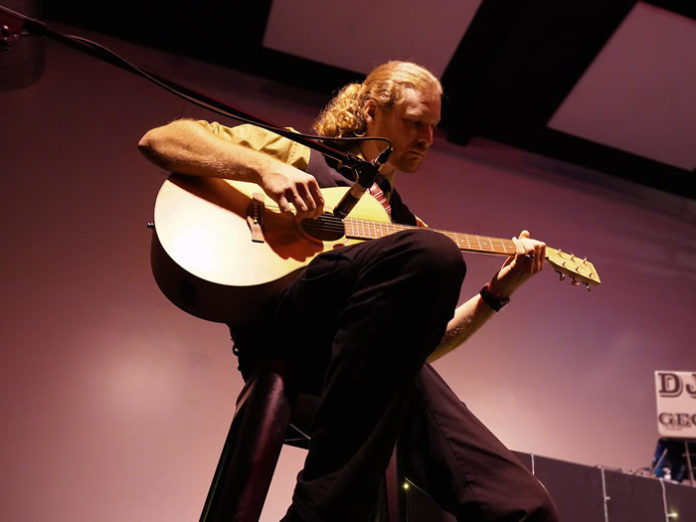Engineering work generally requires long hours in the field, in the lab, or simply chained to a computer inputting data, translating data, and assembling reports. To some, the concentration required for this type of work might suggest that it is not conducive to creative endeavors, that it is something of the opposite. That’s far from correct. The complexity of many engineering problems requires creative solutions, and the work involved in planning and executing those solutions is actually quite conducive to envisioning and carrying out other types of creative work.
A few years ago, Geosynthetica profiled the geotechnical poetry of Mary Nodine (GEI Consultants). She has contributed poems to the Geo-Institute’s magazine GEO-STRATA for many years. It’s an endeavor that came about largely through the waiting associated with piles being driven or sieves to shake.
Nodine isn’t alone. There are a lot more GeoCreatives, who in their off-hours pursue painting, music, drawing, writing, and much more. Here, we look at the creative work of Abigail Gilson and Carl Charpentier.
The CIA, Environmental Intrigue, and Cattle: Abigail Gilson
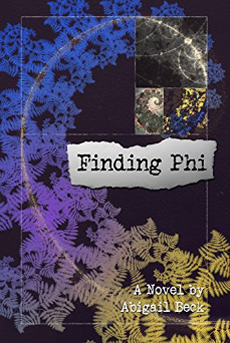 In the novel Finding Phi, some monumental world issues are on display. Chief among them: climate change and the security and sustainability of agriculture. The book views these topics through the lens of an environmental thriller, with CIA intrigue and big agricultural interests at the center of it.
In the novel Finding Phi, some monumental world issues are on display. Chief among them: climate change and the security and sustainability of agriculture. The book views these topics through the lens of an environmental thriller, with CIA intrigue and big agricultural interests at the center of it.
The book’s author, Abigail Gilson, P.E. (TRI Environmental), is actually one of the foremost practitioners of electrical leak location (ELL) surveys. The work sends her around the world to conduct surveys, oversee or troubleshoot survey sites, and teach engineers and regulators about ELL survey technologies and benefits in containment sectors.
One of the elements of Finding Phi that really stands out is its heroine’s dedication to sustainable farming. The novel strongly details working with soil and the various ways in which soil quality is improved (or harmed), the associated smells at different times of day or year, the feel of dipping one’s hands into the earth. Gilson’s writing is evocative of what it is to spend time with the earth.
RELATED: Webinar Explains New Covered ELL Geomembrane Standards
It’s a natural offshoot of her geotechnical work, but Gilson’s connection extends well beyond that.
In fact, most of her “free” time is spent managing a sustainable farm in New York state. Shepherd Ridge Farm has a significant focus on woodland management and production, including tree seedlings, black locust posts, and a diverse orchard producing hazelnuts, chestnuts, cherries, apples, peaches, and raspberries.
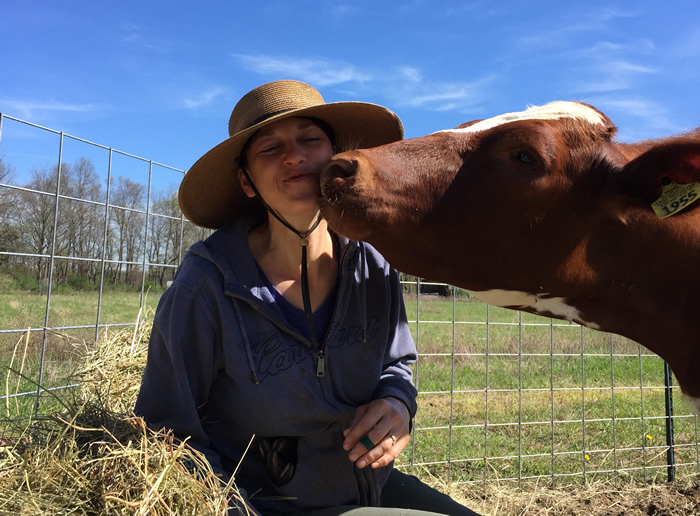
The farm also keeps a small herd of Ayrshire cattle for milk, meat and manure production.
If you find yourself near the Ithaca/Lansing area of New York, you might even schedule a tour of the farm and learn about sustainable practices, such as rotational grazing, non-chemical methods of dealing with weeds, regenerative agricultural practices, soil restoration, and much more.
Liner Integrity and the Graphic Arts: Carl Charpentier
Carl Charpentier’s work with geosynthetic liner integrity surveys can send him to some pretty unique sites, such as landfills in Egypt and Ireland, water ponds in Guadeloupe, evaporation ponds in Chile, or even bituminous geomembrane CQA work in an Arctic environment. With Groupe Alphard, he’s been part of some of the field’s leading electrical leak location surveys, verifying the quality of geosynthetic barrier systems and identifying ways to continue improving installations.
Outside of the office, Carl is a relentlessly creative and active individual. He’s a graphic artist who explores different mediums, including for a sizable portfolio of medieval and fantasy work. Carl works in 2D (traditional) and 3D designs. He’s self-taught, including with his digital art. Along the way, he has done posters for public events, designed card decks, and created book covers, including the cover for Abigail Gilson’s thriller Finding Phi.
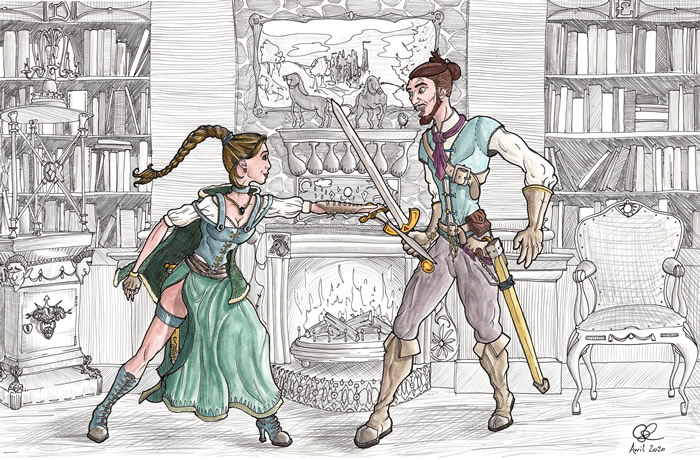
“I like to draw characters,” Carl says. “Last year, I had the idea of making a few card characters. Then, I checked on the internet and found it’s pretty simple to print them. It’s just a matter of pricing versus quantity. I ended up printing 200 decks and the quality was amazing, I already know what my next card deck will look like.”
He’s sold most of them too.
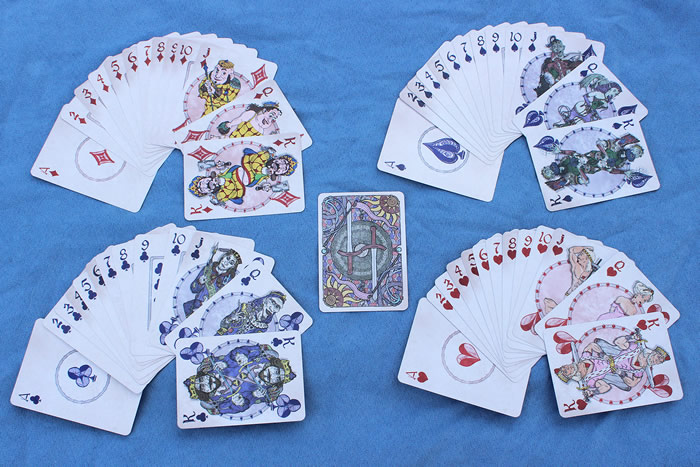
If there is one place in which Carl’s creative work crosses over with his work in geosynthetics, it would certainly be in regards to the patience it takes to properly execute some of the work. Liner integrity surveys require an operator’s sustained focus for many hours at a time and often across large installations. There’s an isolated quality to the work. It’s time consuming. You can see the same range of focus in his 3D work.
The transition from 2D to 3D graphic design requires immense focus and attention to very small details. Carl’s typical process starts with sketch, then moves to a light table for ink work. After that, it’s on to photoshop for mirror/rotation and the very time-consuming final detail work.
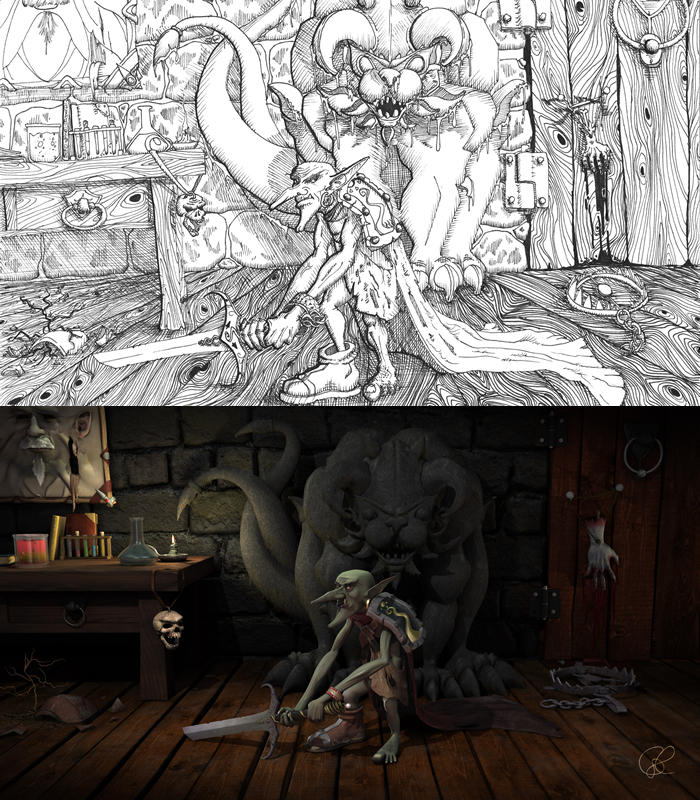
“As in the workplace, I could spend countless hours into fine-tuning a drawing,” he says, “but I have free-time limitations and need to proceed to some other project.”
On a liner survey, one is looking for potential challenges down to a pinhole. In the type of artistic work he does, it isn’t much different. How each pinhole-sized space is treated in an image adds up. These nearly imperceptible details make all the difference in the overall image’s quality and ability to express the feeling or story as intended. For example, for a particular image of a goblin, Carl put in time across 10 months. That’s dedication!
Did we mention he’s also a musician? Groupe Alphard has even “put him to work” supplying background music at company events.
